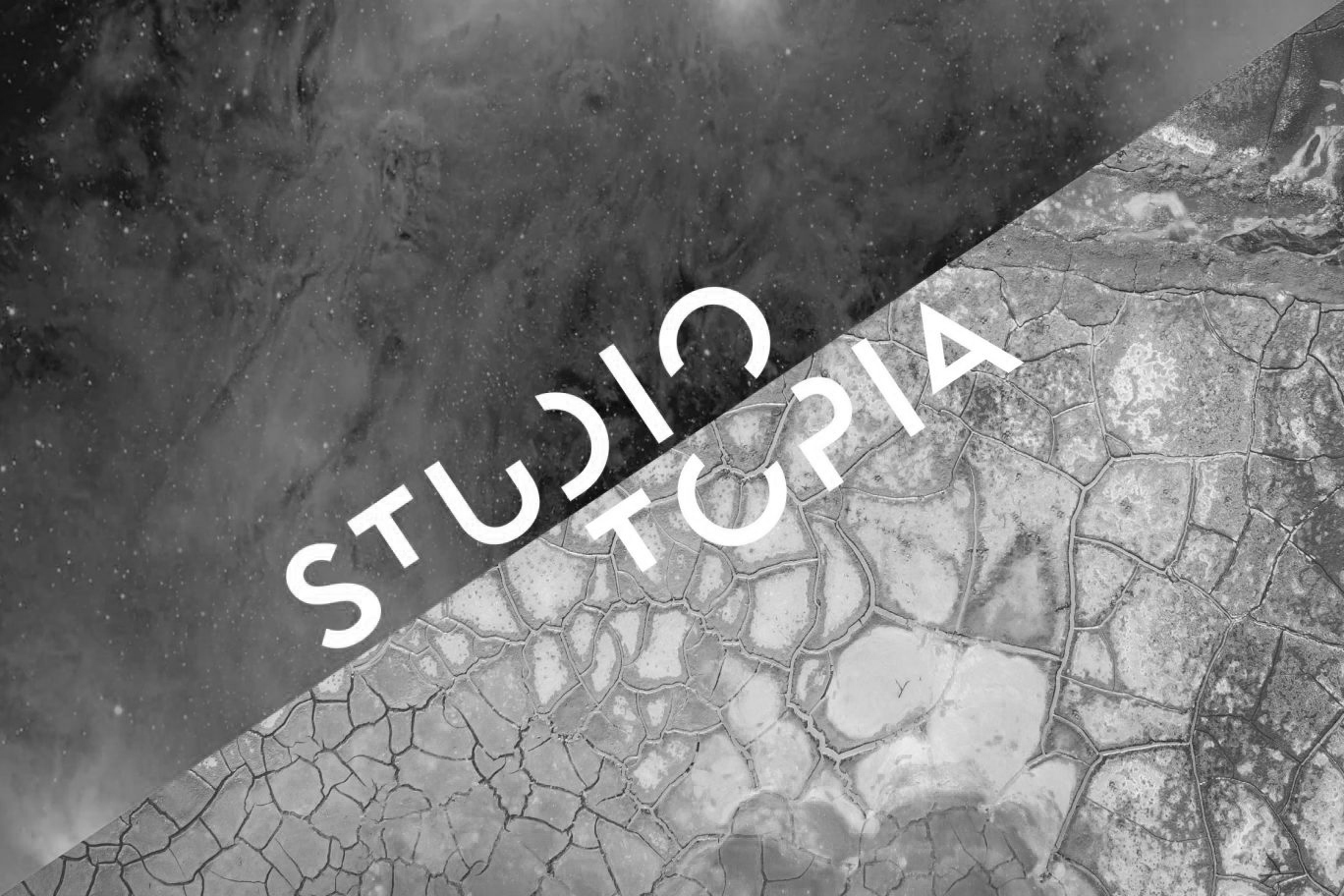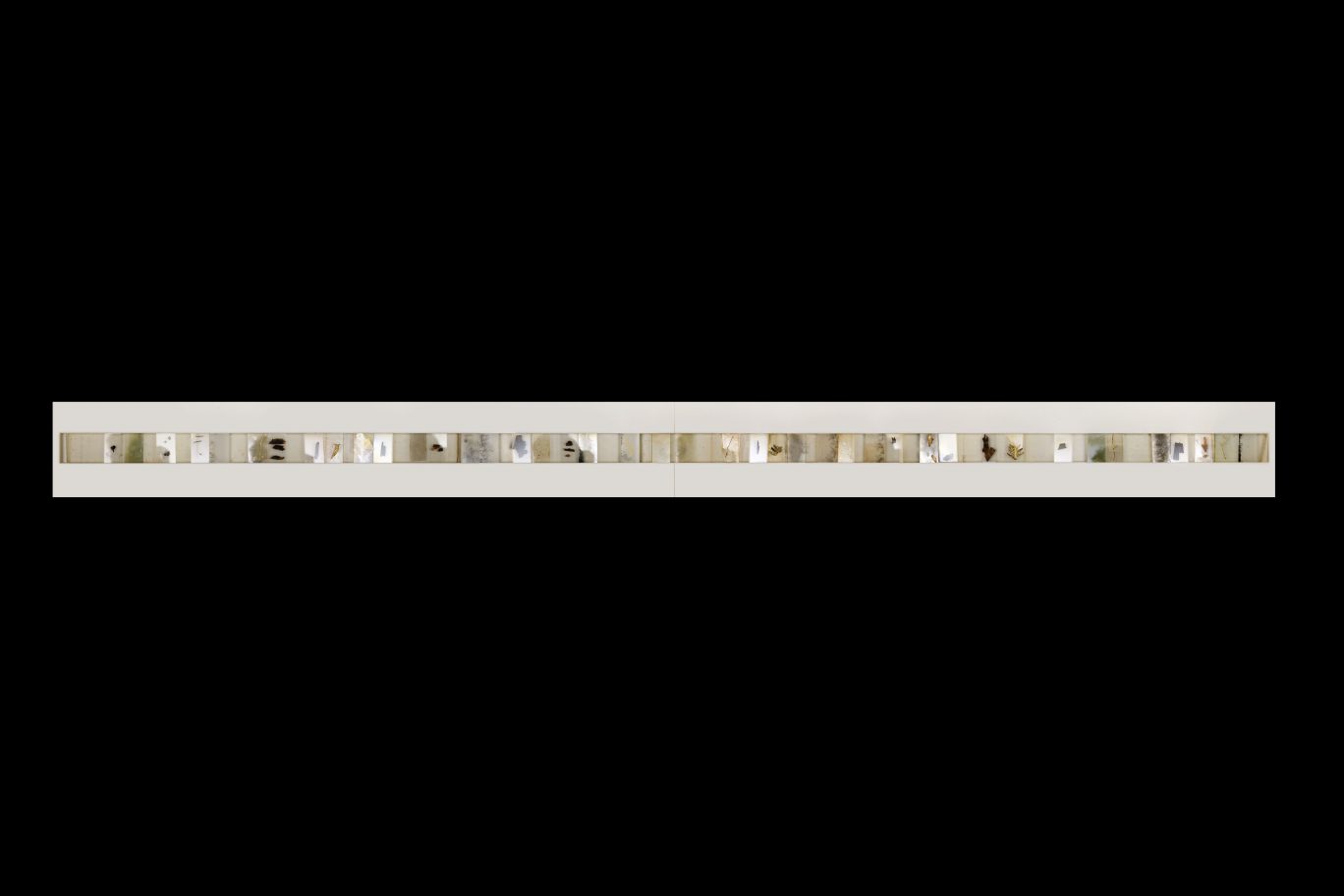In the course of almost two years, the artist, Siobhān McDonald will participate in the European Studiotopia programme alongside GLUON. This is a unique opportunity to conduct long-term ArtScience research and present their results in exhibitions, pop-up labs, lectures and workshops across the partnering institutions.
HER STATEMENT ON UN SDG’s
“On my recent research trips to Iceland and the Arctic Circle, I observed the catastrophic effects of the rise in carbon dioxide on the glaciers. This visit reactivated questions about the place of man in nature and about the role of art in a time of geological crisis. I am using the concept of the Anthropocene as a powerful lens for looking at the relationships between people and the environment. As the glaciers melt, in many cases bogs land and soil is now thawing out to reveal past worlds and hidden secrets such as pleistocene fossils, massive carbon and methane emissions, toxic mercury and ancient diseases. I am working on this line of enquiry to explore the connection of the sun to the Anthropocene discourse and human induced climate crisis. I am exploring cutting-edge solar technology to study the sun at an unprecedentedly close perspective to highlight future urgencies in our climate for the making of new artworks to engage with the trauma climate change is leaving behind in our environment. I am also undertaking a complementary research project at the ‘Institute of Athens,’ which simultaneously aims to encourage environmental sustainability. I am exploring the broader context of the sun through a rare archive of paintings by historical masters including Turner and Munch to provide an understanding of how global warming affects specific locations today. I have been granted permission to use this study to develop artworks that examine how the light spectrum has changed since the 1500s to the present day. The UN decade of ocean science for sustainability commences next year and I am in dialogue with scientists to explore a number of current topics and creative ways to envisage how ocean chemistry has major implications for our world system. With the threat of global water shortages in the coming decades, I would like to imagine what a water-scarce future might look like. I’m interested to explore how new innovations might help us to acquire sources of water and to help us to conserve it. With rising temperatures and melting polar ice caps accelerating beyond control, perhaps we can harness natural processes of the sun’s rays into energy to create ice and water? In my explorations within this line of enquiry I would like to draw attention to the broader context of water by exploring new innovations in age-old techniques of harvesting water from rain and fog.”
ABOUT SIOBHĀN MCDONALD
Siobhān McDonald (IR) is an artist in residence in the School of Natural Sciences at Trinity College Dublin (2017-2019) working with world-leading research facilities such as The European Space Agency (ESA); The JRC European Commission and The European Research Council to explore ecology in light of current ecological concerns. Across these research labs, she pursues knowledge to ask questions about the structure and history of the earth. Her art practice calls on notions of what is still unknown to science, exploring the Anthropocene and the recent consequences of our treatment of nature. She is interested in the changeable nature of landmass, historical events and their interconnection to time. In her studio, she works with a diverse group including historians and scientists. Her works manifest in many forms including painting, drawing, film and sound.

